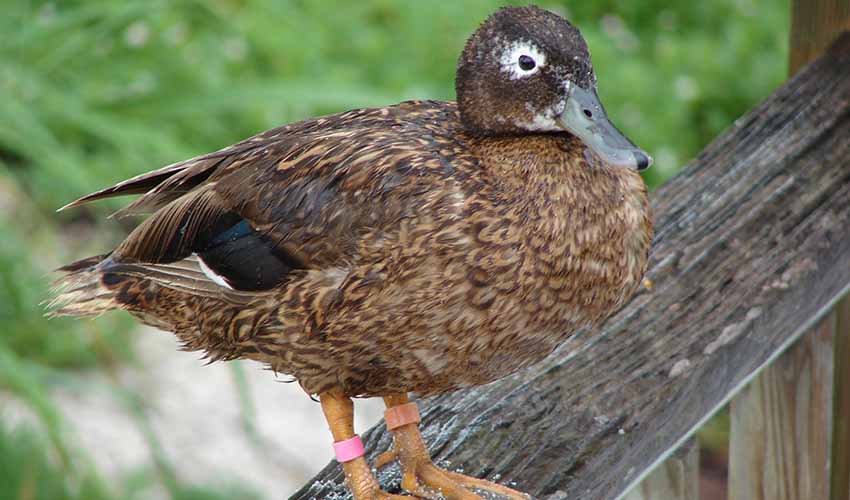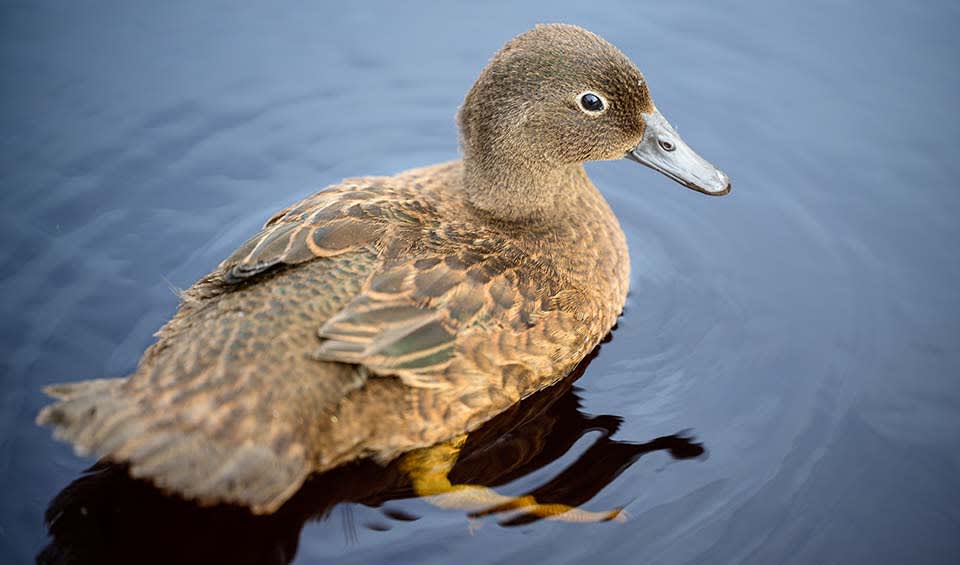Anas – Dabbling ducks
Ducks of shallower waters that practice one of the most unusual ways of eating their food
Dabbling ducks are known for their distinctive feeding behavior and are commonly found across the globe, particularly thriving in temperate regions of the Northern Hemisphere. The group includes a variety of species, each with unique adaptations that allow them to forage and thrive in freshwater environments such as ponds, lakes, rivers, and marshes.
The name “dabbling” is derived from their feeding technique, which involves tipping forward in shallow water to reach aquatic plants, seeds, and small invertebrates beneath the surface. This behavior, also known as “tipping up,” contrasts with the diving method used by other duck species to forage deeper underwater. Dabbling ducks rarely dive; instead, they use their uniquely adapted flat and broad bills to filter food from the water’s surface or just below it. The edges of their bills are lined with fine comb-like structures called lamellae, which act like sieves to strain small organisms and particles from the water.
Apart from their aquatic feeding habits, dabbling ducks also forage on land, grazing for seeds, grains, and insects along the water’s edge. This ability to exploit aquatic and terrestrial food sources makes them highly adaptable and successful in various environments.
Physically, dabbling ducks are designed to float high on the water, aiding their ability to spring directly upwards into the air when taking flight. Unlike many other waterfowl that require a running start across the water to gain the necessary lift, dabbling ducks can leap into the air almost vertically, thanks to their strong legs and wing muscles. Once airborne, they are agile fliers, capable of quick maneuvers and able to travel in tight flocks, often creating a loud whirring sound with their wings.
The migratory patterns of dabbling ducks are an important aspect of their ecology. Many species undertake long journeys between their breeding and wintering grounds, spanning continents. These migrations are often timed to take advantage of seasonal changes in food availability and habitat conditions.
Species in this genus
Laysan duck
One of the rarest and most remarkable waterfowl on Earth
Campbell teal
They don’t quack much and tend to communicate in soft, low calls
Mallard
This invasive species is the ancestor to most of the modern ducks




